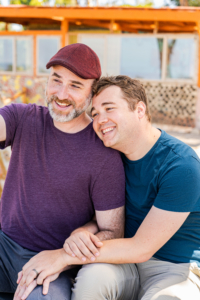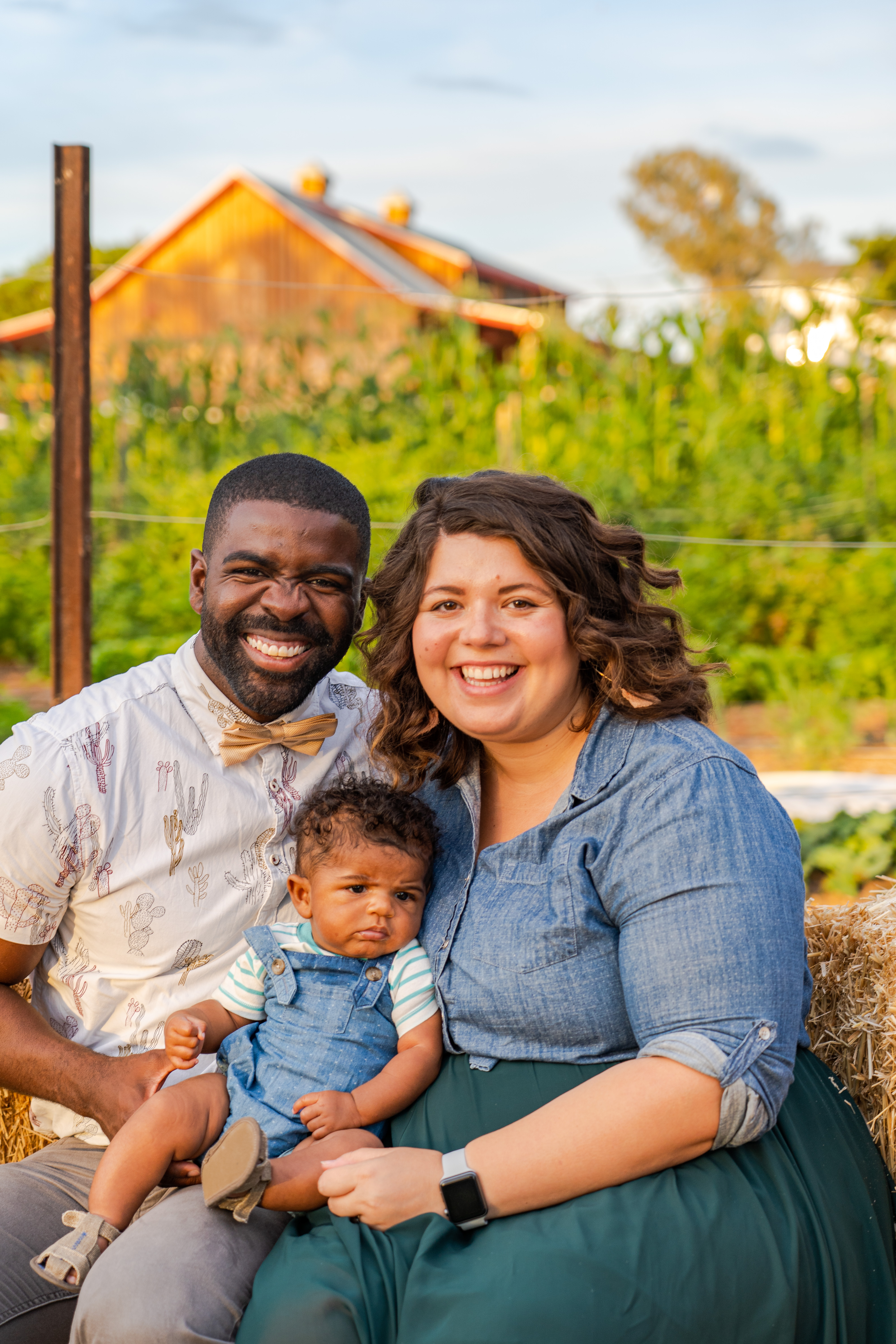"From Poinsettia to Christmas Berry" – High Point Restoration in U-T San Diego

Photo credit to U-T San Diego
As Escondido landscape designer Greg Rubin toured the Leichtag foundation’s community farm project in Encinitas, one thing caught his attention: a steep rock outcropping tangled with acacia and eucalyptus.
For Rubin, who specializes in planting and restoring California native plants, the invasive brush was an eyesore. But the sandstone bluff – barely visible under the vegetation – was a marvel.
“I said, this is incredibly dramatic,” said Rubin, owner of California’s Own Native Landscape Design. “It really spoke to me as a beacon back to the past of a more primitive site.”
The Leichtag Foundation is in the process of converting the former Ecke Poinsettia ranch into a community agricultural center, which will showcase food sustainability and Jewish agrarian traditions.
A hydroponics operation produces fresh greens with minimal water, and other parts of the farm will include a food forest, vineyard, and other organic farming projects to help with local food supply.
“I think the preservation of agriculture in our urban footprint is compelling, and will be financially viable,” said Jim Farley, president and CEO of the foundation.
Rubin proposed adding a native garden, replanting the butte with plants typical of coastal chaparral and the Channel Islands. The half-acre site is now stripped nearly to bare soil, and crews are installing high efficiency sprinkler systems.
A hedge of native lemonade berry will remain in place, and landscapers will add toyon, also called Christmas berry for its bright red fruit. Manzanita, with its waxy leaves and deep red bark, will also be part of the mix, along with blue and white-flowering ceanothus, or wild lilac. The garden will cost about $40,000 to $45,000 when completed, Farley said, and will provide a restful spot for visitors.
And, Farley said, it may even incubate natural predators that can safely control agricultural pests when the adjoining vineyard is installed.


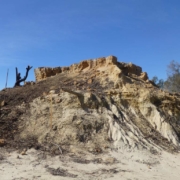

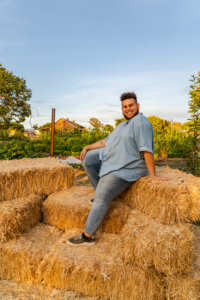 Black, Jewish and Queer. These three identities weave the fabric of who I am, but it took a long time to believe that they could exist together.
Black, Jewish and Queer. These three identities weave the fabric of who I am, but it took a long time to believe that they could exist together. Lee and Toni Leichtag established the Leichtag Foundation in 1991 following the sale of their business. Lee and Toni were lifelong entrepreneurs with a passion for innovation and for supporting talent. They believed that only with big risk comes big reward. Both born to families in poverty, Toni to a single mother, they strongly believed in helping those most in need and most vulnerable in our community. While they supported many causes, their strongest support was for young children and the elderly, two demographics who particularly lack voice in our society.
Lee and Toni Leichtag established the Leichtag Foundation in 1991 following the sale of their business. Lee and Toni were lifelong entrepreneurs with a passion for innovation and for supporting talent. They believed that only with big risk comes big reward. Both born to families in poverty, Toni to a single mother, they strongly believed in helping those most in need and most vulnerable in our community. While they supported many causes, their strongest support was for young children and the elderly, two demographics who particularly lack voice in our society.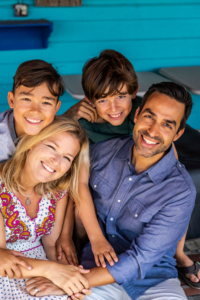 Lifelong Baltimoreans, Rabbi George and Alison Wielechowski and their sons, 11-year-old Lennon and 9-year-old Gideon, are more than pursuing the good life in Southern California. Having moved to San Diego more than three years ago, they are fulfilling a lifelong dream.
Lifelong Baltimoreans, Rabbi George and Alison Wielechowski and their sons, 11-year-old Lennon and 9-year-old Gideon, are more than pursuing the good life in Southern California. Having moved to San Diego more than three years ago, they are fulfilling a lifelong dream.


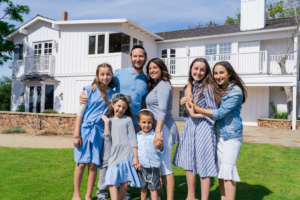
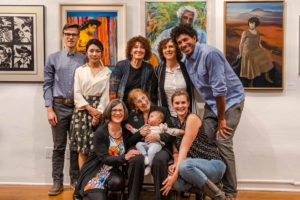
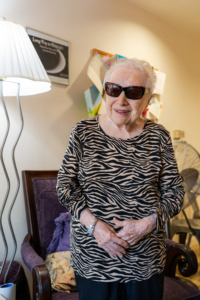
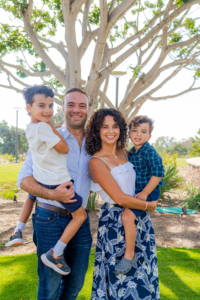
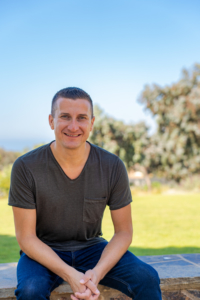 You would think that as the executive director of San Diego LGBT Pride, Fernando Zweifach López Jr., who uses the pronoun they, has done all the coming out they possibly can. A queer, non-binary individual who has worked for many years on civil rights issues, López also speaks openly and often about their father’s family, Mexican-American migrant workers who tilled the fields of rural California.
You would think that as the executive director of San Diego LGBT Pride, Fernando Zweifach López Jr., who uses the pronoun they, has done all the coming out they possibly can. A queer, non-binary individual who has worked for many years on civil rights issues, López also speaks openly and often about their father’s family, Mexican-American migrant workers who tilled the fields of rural California. Stacie and Jeff Cook understand commitment. They live it.
Stacie and Jeff Cook understand commitment. They live it.